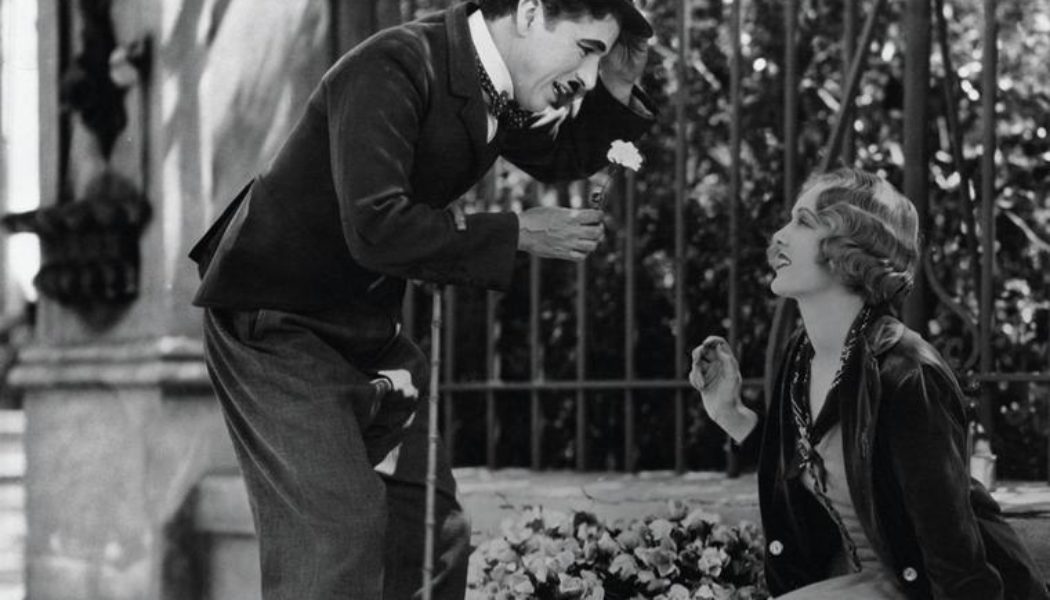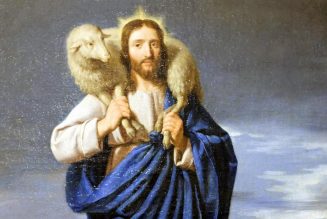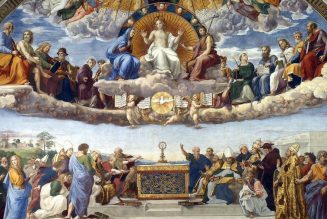
In 1914, a 25-year-old English music hall artist was asked to come to California to make a screen test. Later, he stood dressed with a cane and bowler hat, and a director shouted: “Action!”
By the end of the year, Chaplin had made 36 “shorts” and was the most popular comic actor in Hollywood.
By the end of the following year, he was the most famous man on the planet.
Born April 16, 1889, the early life of Chaplin could have been written by Charles Dickens, such was its hardship and suffering, to say nothing of the characters that inhabited the London world from which he came. In fact, the infamous blacking factory and debtors’ prison that marked the youth of Dickens were only streets away from where the actor had emerged. By the actor’s time, not much had changed. Just as in Dickens’ day, alongside the poverty and the daily struggle for survival, lurked a more insidious enemy, namely, despair, with many turning to alcohol and experiencing madness.
In Chaplin’s family, all of these were present. In later life, the adult actor rarely drank and retained a dread of insanity, no doubt due to the incarcerations in an asylum of his mother, who, in spite of everything, tried her best to raise both Chaplin and his half-brother, Sydney. Inevitably, however, it was to be a chaotic childhood, with the family constantly moving, often from debts.
The boys received little by way of formal education. To the outsider, these formative years resemble some bizarre theater piece acted out on the streets, with the daily melodrama only occasionally interrupted with comic interludes. Perhaps it is no wonder then, that, at the age of 10, the young Charles Chaplin took his acting to where it could be best used, namely, the stage.
Chaplin entered the world of the music hall. This was a place of comedic turns combined with popular music, largely for the benefit of the poorer classes. Initially a child dancer, he soon gravitated to other roles. Gradually, his name became known. What looked like the well-worn career trajectory of a theater actor was to change suddenly when, whilst touring for the first time in the United States, Chaplin was “discovered.”
The Hollywood-based Keystone Studios, famous for its comedies, needed another one actor after one walked off the set. Someone had seen an English actor on stage, but no one could remember his name. Eventually, Chaplin was tracked down and was soon bound for California. The rest as they say — and, justifiably — is history.
On his arrival there, it was not long before it started to become clear: to Chaplin, the producers and directors, to the other actors and, above all, to the audience. At the genesis of the most important art form of the 20th century, here was an actor who was to transform it from a popular entertainment into art. The “Hour of Cinema” had come — and so had the man.
Today, it is difficult to comprehend the scale of the fame endured by Chaplin. “Endured” seems the appropriate word, for, although there had been popular actors and stage performers, there were none that had had such fame within two years of arriving in Hollywood.
Soon, the Englishman had become a global phenomenon. Some estimate his worldwide audience at 300 million. By 1921, his first post-celebrity trip back to London was filled with crowds — everywhere, at all times — gathering wherever the actor was: besieging hotels, following after him, staring at him — all the while wanting to reach out and touch this new idol. For him, any semblance of normal life was now impossible.
Watched around the clock on movie screens from California to China, Chaplin realized he was captive, trapped even, in the public gaze. And it would remain so for the rest of his life.
Success on screen was not matched by his private life. In the end, it was to be a trail of dysfunctional relationships. Perhaps, this was but a constant reminder of the sadness and madness of the London streets he thought he had escaped.
Yet, here was an artist who projected a worldview as much as contemporaries such as Picasso or Joyce, and one more accessible to popular audiences. In the midst of the Modernism that surrounded him, Chaplin’s work seemed to come from a different place, one more unconcealed, rejoicing in the ordinariness of human existence, with all its hidden beauty and mystery.
When, in 1927, “the talkies” arrived, Chaplin ignored this “advance” and instead began work on a silent film. At the time, this was viewed to be either the act of a madman or a genius.
Released in 1931, City Lights was instantly hailed as a classic; it was soon a box-office success, too. The film featured once more the character of the Little Tramp. This cinematic masterpiece of characterization had evolved much from his first appearance in 1914. By now, he had become a much more thoughtful, selfless and indeed endearing character, in turns both philosophical and compassionate.
The film’s plot is straightforward: The Little Tramp meets a blind flower-seller and is smitten. The comedy is, of course, that she thinks her admirer is a wealthy man. Along the way, after the Tramp’s saving of a man from suicide, the possibility arises of obtaining an operation for the blind girl to gain her sight.
It is a love story, but like few others captured onscreen — for here is a man in love who will do anything to help give sight to the woman he loves, and yet, all the time he is fully aware that that may mean the end of the courtship. “Wonderful,” she says on hearing of the possibility of an eye operation. “I’ll be able to see you.” However, at this prospect, the Tramp’s look is only one of terror.
It is impossible to be definitive about “how” this film ends. The flower seller sees him but doesn’t “see” him. Then she touches his arm, and in that touch, she recognizes him. It is all reminiscent of the downhearted disciples on their way to Emmaus.
Like them, by the end of City Lights, the “blind” girl has lost sight of her “savior,” the one who “gave” her sight. Eventually, he does return to her, if anonymously, with the Little Tramp wandering past the flower shop where she now works. And yet, at that moment, on recognizing her, and with so much at stake for both of them, he watches for any sign of recognition from her. But it doesn’t come. It is only at the touching of his flesh, as she gives him a flower, that she begins to “see.”
In the final frames of City Lights, battered and bruised, having been to prison and back for this once-blind girl, something of which she is wholly ignorant, the Little Tramp simply waits. In those final moments on screen, Chaplin’s Little Tramp is a cinematic reflection of another Love, One that has waited — and waits for us still.
Join Our Telegram Group : Salvation & Prosperity







